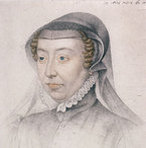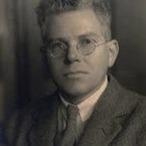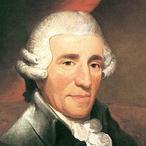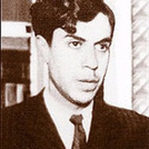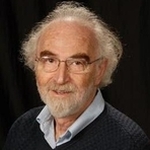|
Australian countertenor David Hansen’s first solo CD, Rivals: Arias for Farinelli & Co, is an exciting collection of long-forgotten arias from the Baroque period. The selection has been perfectly chosen to showcase his lyric-coloratura voice and his deep understanding of the music of the Baroque period. 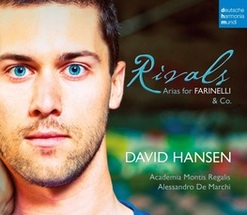 Rivals: Arias for Farinelli & Co. Rivals: Arias for Farinelli & Co. Rivals is dominated by the composer Leonardo Vinci, who had the ability to create both stunningly beautiful and fiercely energetic music with the most simple compositional devices. The other composers featured are Leonardo Leo, Giovanni Battista Bononcini and Riccardo Broschi. The arias included were all written for some of the most famous castrati of the day: Farinelli, Caffarelli, Carestini, Bernacchi. Now, thanks to performers such as Hansen, Bartoli, Fagioli and Kermes, these soprano-tessitura arias are again coming to light, wowing audiences both in the concert hall and on disk. The first aria, “In braccio a mille furie” from Vinci’s Semiramide riconosciuta, is a whirlwind piece, with a high tessitura and runs which move through the whole of the range. Hansen’s laser-like voice is effortlessly clear and on pitch in the high register. Hansen creates a palpable sense of urgency in the B-section, while his ornamentation in the da capo coruscates across the intense accompaniment provided by Alessandro de Marchi and the Academia Montis Regalis. The second aria from Vinci, “Sento due fiamme in petto” from Il Medo, showcases Hansen’s excellent support and technique, as he moves through the languid phrases with grace and tenderness. His pause on the leading note at the end of the cadenza at the start of the da capo is sublime. Two more arias come from Vinci’s Il Medo. “Non è più folle lusinga” is a slow aria with a very scaled-back accompaniment, which leaves Hansen’s voice exposed, particularly in the high register. His tone is never squeezed, always restrained and fully supported. The tessitura of “Taci o di morte” is firmly in the alto range, and here Hansen shows his technique in the lower falsetto register and the modulation in and out of the modal voice over the course of a legato phrase. The final offering from Vinci is “Risveglia lo sdegno” from Alessandro. This is a foot-stomping extravaganza, complete with horns and timpani, Hansen positively revels in the coloratura and arpeggios, powering through them with a truly heroic sound.
Leonardo Leo is represented by two arias. The first, “Talor che irato è il vento” from Andromaca, contains Leo’s trademark leaps to A5 and B5, and long phrases which leap throughout the range, which Hansen execute with frightening ease. “Freme orgogliosa l'onda” from Demetrio is a hellishly difficult aria, with several awkward intervals, a phrase consisting of octave leaps up to and down from B5, and many transitions into the low register. This is definitely one of the best arias on the CD. Bononcini’s “Cara Sposa” from Griselda is a typical love aria of the period. Hansen’s voice floats ethereally above the continuo, and weaves like a gossamer thread through the accompanying upper strings. But the highlight of the album is Broschi’s “Son qual nave”. This version, which was rediscovered in an archive in Vienna, has Farinelli’s own ornamentation marked in his own hand, and Rivals presents it as a world premier recording. It also includes two horns, a completely new B-section, and several changes to the composition of the A-section for both voice and orchestra. With an astounding range, unending lines of coloratura, and many rubato phrases, this is most definitely a show-stopping extravaganza of an aria, and a true indication both of the vocal prowess of the castrati, and of Hansen.
0 Comments
Your comment will be posted after it is approved.
Leave a Reply. |
Archives
October 2014
Categories
All
|
MOST VIEWED POSTS
© James Edward Hughes 2013

 RSS Feed
RSS Feed
